Space Force rolls out cybersecurity standards for commercial providers of satellite services
Thursday, 26 May 2022 19:47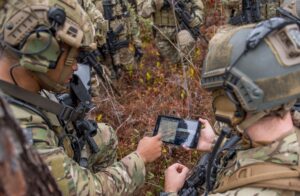
The Space Systems Command announced May 26 the official rollout of a new process to assess the cybersecurity of commercial satellite operators that do business with the Defense Department.
The post Space Force rolls out cybersecurity standards for commercial providers of satellite services appeared first on SpaceNews.
Economy could dampen growth of space industry
Thursday, 26 May 2022 17:52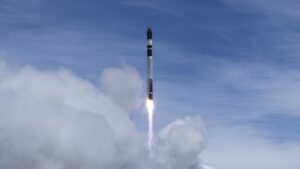
Broader economic issues as well as the performance of some space companies could slow the growth of the industry in the next few years, executives warn.
The post Economy could dampen growth of space industry appeared first on SpaceNews.
Why haven't we discovered co-orbital exoplanets? Tides may offer a possible answer
Thursday, 26 May 2022 17:35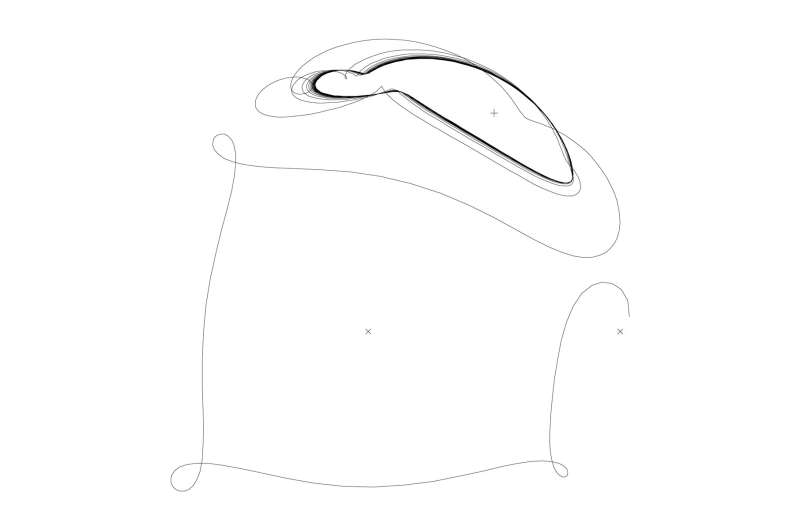
Additive manufacturing has progressed far beyond brackets
Thursday, 26 May 2022 15:43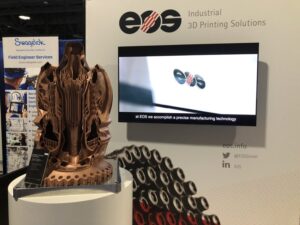
Spacecraft developers are additively manufacturing engine nozzles and other complex spacecraft components.
The post Additive manufacturing has progressed far beyond brackets appeared first on SpaceNews.
What the Voyager space probes can teach humanity about immortality and legacy
Thursday, 26 May 2022 14:15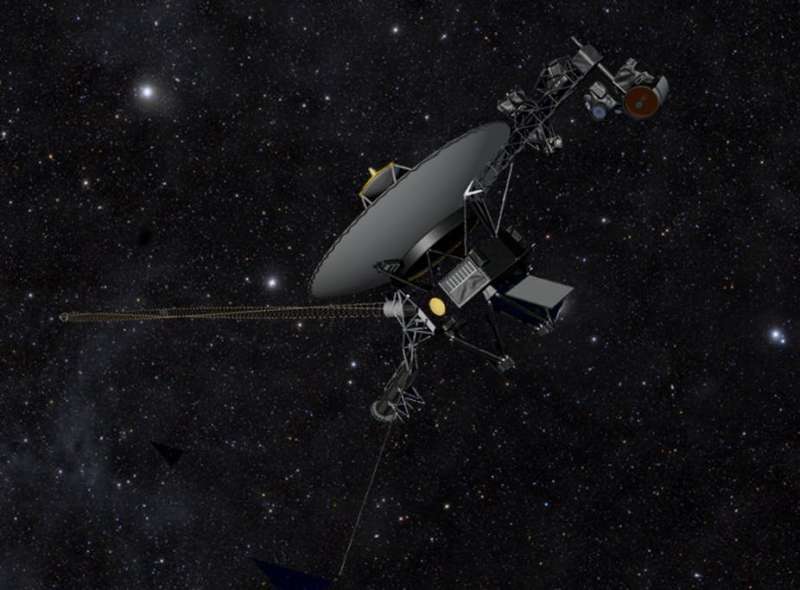
Voyager 1 is the farthest human-made object from Earth. After sweeping by Jupiter, Saturn, Uranus and Neptune, it is now almost 15 billion miles (24 billion kilometers) from Earth in interstellar space. Both Voyager 1 and its twin, Voyager 2, carry little pieces of humanity in the form of their Golden Records. These messages in a bottle include spoken greetings in 55 languages, sounds and images from nature, an album of recordings and images from numerous cultures, and a written message of welcome from Jimmy Carter, who was U.S. president when the spacecraft left Earth in 1977.
The Golden Records were built to last a billion years in the environment of space, but in a recent analysis of the paths and perils these explorers may face, astronomers calculated that they could exist for trillions of years without coming remotely close to any stars.
Oceans and climate
Thursday, 26 May 2022 14:15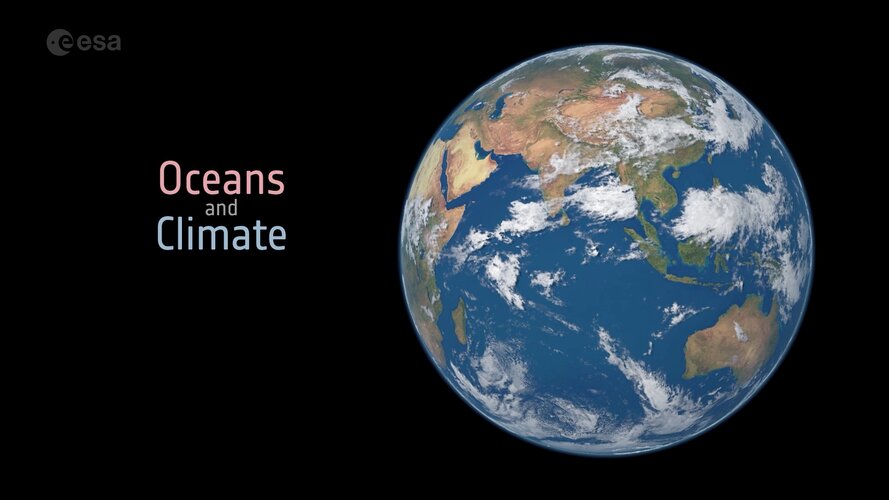 Video:
00:03:33
Video:
00:03:33
Earth’s oceans are huge heat stores, soaking up 93% of the excess heat from human activity over the past 70 years. Ocean currents redistribute heat around the planet, from the Equator to the poles. Where this ocean heat goes influences weather patterns and regional climate. As well as absorbing heat, oceans are a natural carbon sink, absorbing a quarter of carbon dioxide emissions from human activity. This has led to the acidification of ocean water, threating marine life.
The amount of heat and carbon dioxide absorbed depends on a number of ocean variables, all of which can
Taking climate monitoring into the future with quantum
Thursday, 26 May 2022 14:00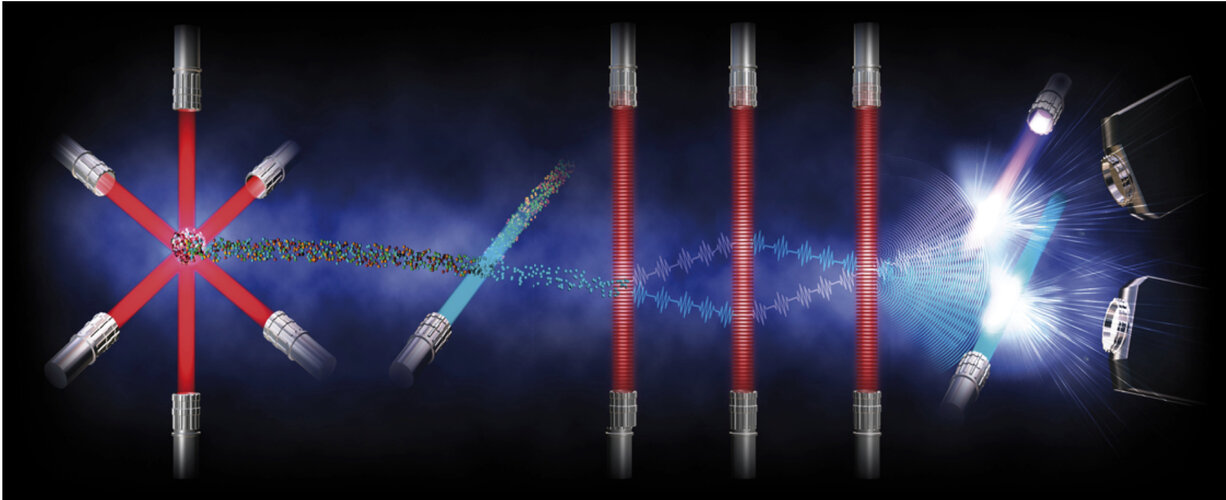
Over the last decades, satellites measuring the many aspects of Earth have certainly demonstrated their worth with the information they yield to understand and monitor our environment and, importantly, to provide undeniable evidence of climate change for policymaking. While Europe is currently firmly placed as a world leader in Earth observation, it’s critical to stay ahead of the game by examining how even more sophisticated space technologies can be developed to return even more precise information in the future. Today, at ESA’s Living Planet Symposium, being held in Bonn, scientists dug deep into the potential of spaceborne quantum
Solar Orbiter's pictures of the sun are every bit as dramatic as you were hoping
Thursday, 26 May 2022 13:37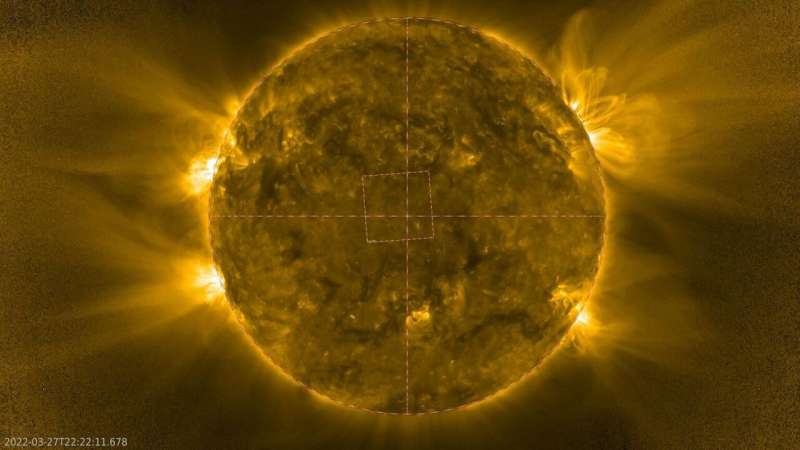
On March 26, the ESA's Solar Orbiter made its closest approach to the sun so far. It ventured inside Mercury's orbit and was about one-third the distance from Earth to the sun. It was hot but worth it.
The Solar Orbiter's primary mission is to understand the connection between the sun and its heliosphere, and new images from the close approach are helping build that understanding.
According to the ESA, the Solar Orbiter is the most complex scientific laboratory ever sent to the sun. It carries a robust suite of instruments, including a magnetometer, the Extreme Ultraviolet Imager, the Solar Wind Plasma Analyzer, and others. Its broad range of instruments allows it to observe solar events in multiple ways.
The spacecraft benefits from getting as close to the sun as it can. But close approaches make the Solar Orbiter hot. The spacecraft's first line of defense is its heat shield. It's a multi-layered titanium device mounted on a honeycomb aluminum support, with carbon fiber skins designed to shed heat. Between all that and the spacecraft's body, there are another 28 layers of insulation.
SpaceX launches Transporter-5 dedicated smallsat rideshare mission
Thursday, 26 May 2022 10:52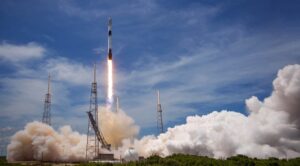
SpaceX launched several dozen payloads on its fifth dedicated rideshare mission May 25, illustrating the continued demand for such missions even as dedicated small launch vehicles emerge.
The post SpaceX launches Transporter-5 dedicated smallsat rideshare mission appeared first on SpaceNews.
NASA, Boeing complete Starliner uncrewed flight test to ISS
Thursday, 26 May 2022 09:51 NASA and Boeing safely landed the company's CST-100 Starliner spacecraft Wednesday in the desert of the western United States, completing the uncrewed Orbital Flight Test-2 (OFT-2) to the International Space Station to help prove the system is ready to fly astronauts.
About four hours after departing the space station, Starliner touched down onto its airbags at 4:49 p.m. MDT, wrapping up t
NASA and Boeing safely landed the company's CST-100 Starliner spacecraft Wednesday in the desert of the western United States, completing the uncrewed Orbital Flight Test-2 (OFT-2) to the International Space Station to help prove the system is ready to fly astronauts.
About four hours after departing the space station, Starliner touched down onto its airbags at 4:49 p.m. MDT, wrapping up t SpaceX's Transporter 5 launches with remains of 47 people for 'space burial'
Thursday, 26 May 2022 09:51 SpaceX launched its 22nd rocket of the year on Wednesday, the Transporter-5 rideshare mission, which included carrying 47 people's cremated remains for a burial in space.
The send off, designed by the company Celestis, marks the 18th time the company has launched space burial flights - which have increased in recent years at least partially because of commercial space companies like SpaceX
SpaceX launched its 22nd rocket of the year on Wednesday, the Transporter-5 rideshare mission, which included carrying 47 people's cremated remains for a burial in space.
The send off, designed by the company Celestis, marks the 18th time the company has launched space burial flights - which have increased in recent years at least partially because of commercial space companies like SpaceX NanoAvionics and Gama to set sails in space
Thursday, 26 May 2022 09:51 Gama, a French space startup, has contracted mission integrator NanoAvionics for a demonstration of Gama's solar sails propulsion system in low Earth orbit (LEO). Under the mission agreement, NanoAvionics will provide its 6U nanosatellite bus, payload integration services, a satellite testing campaign, launch services and satellite operations. The launch of the "Alpha" nanosatellite is scheduled
Gama, a French space startup, has contracted mission integrator NanoAvionics for a demonstration of Gama's solar sails propulsion system in low Earth orbit (LEO). Under the mission agreement, NanoAvionics will provide its 6U nanosatellite bus, payload integration services, a satellite testing campaign, launch services and satellite operations. The launch of the "Alpha" nanosatellite is scheduled LeoLabs to support Japan Air Self Defense Force with Commercial Space Domain Awareness
Thursday, 26 May 2022 09:51 LeoLabs, Inc., the world's leading commercial provider of low Earth orbit (LEO) mapping and Space Situational Awareness (SSA) services, has announced a multimillion-dollar award to provide data and services for the Japan Air Self Defense Force (JASDF). The agreement offers Japan access to the largest set of actionable insights in existence for tracking satellites and orbital debris in low Earth
LeoLabs, Inc., the world's leading commercial provider of low Earth orbit (LEO) mapping and Space Situational Awareness (SSA) services, has announced a multimillion-dollar award to provide data and services for the Japan Air Self Defense Force (JASDF). The agreement offers Japan access to the largest set of actionable insights in existence for tracking satellites and orbital debris in low Earth Spaceflight Inc. debuts its latest OTV, Sherpa-AC
Thursday, 26 May 2022 09:51 Spaceflight Inc., the leading global launch services provider, today announced it has contacted its Sherpa-AC vehicle and confirmed the vehicle is operating nominally. This is the debut launch of Sherpa-AC, the latest variation in the company's Sherpa orbital transfer vehicle (OTV) portfolio.
The Transporter 5 rideshare mission on board a SpaceX Falcon 9 lifted off from Cape Canaveral on M
Spaceflight Inc., the leading global launch services provider, today announced it has contacted its Sherpa-AC vehicle and confirmed the vehicle is operating nominally. This is the debut launch of Sherpa-AC, the latest variation in the company's Sherpa orbital transfer vehicle (OTV) portfolio.
The Transporter 5 rideshare mission on board a SpaceX Falcon 9 lifted off from Cape Canaveral on M US Govt awards Planet EOCL contract
Thursday, 26 May 2022 09:51 Planet Labs PBC (NYSE: PL), a leading provider of daily data and insights about Earth, today announced that the National Reconnaissance Office (NRO) has selected Planet Labs Federal, Inc. (Planet Federal), Planet's wholly owned subsidiary, for an award to the Electro-Optical Commercial Layer (EOCL) contract.
EOCL is the U.S. government's industry-defining procurement vehicle for unclassifi
Planet Labs PBC (NYSE: PL), a leading provider of daily data and insights about Earth, today announced that the National Reconnaissance Office (NRO) has selected Planet Labs Federal, Inc. (Planet Federal), Planet's wholly owned subsidiary, for an award to the Electro-Optical Commercial Layer (EOCL) contract.
EOCL is the U.S. government's industry-defining procurement vehicle for unclassifi 
